
Hyundai Sonata Cars
Prices:£16,215 - £17,270
Thirsty and slow 2.4-litre
petrol engine.0-62mph feels
a lot slower than the
claimed 11.6 seconds.




























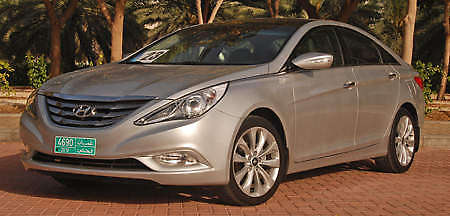
Hyundai Sime Darby will be a very busy company in 2010, and the first launches we can expect from them this year is the introduction of the new Sonata YF and Tucson SUV, which is scheduled for April. Both cars will be imported CBU from Korea, and our source has also revealed the variants that will be brought in.
The sixth-generation Sonata, codenamed YF, will come with two Theta II engines – a 163 bhp/198 Nm 2.0-litre and a 176 bhp/228 Nm 2.4-litre, mirroring the engine options of its D-segment Japanese rivals. Not only the Sonata’s figures compare very well with its competitors, it also has a six-speed automatic gearbox (Accord and Camry 2.4 have five forward ratios) which is self-developed and claimed to be “maintainence free”.
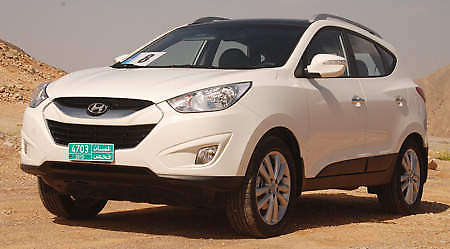
The Tucson SUV will also ship with these two engines and the six-speed auto ‘box. If you want 4WD, opt for the 2.4-litre model, as the 2.0-litre Tucson will be front-wheel drive only. Hyundai’s Theta II, which is a development of the GEMA world engine, is 10kg lighter than its predecessor, more frugal, cleaner and comes with Dual CVVT. The latest GDI direct injection engines won’t reach our shores however, due to below par fuel quality.
Spec levels for these two cars will be competitive and prices will undercut their immediate rivals, which we take as the Honda CR-V for the Tucson, Accord and Camry for the Sonata. You may have noticed the Arab number plates on these pictures; they were snapped this afternoon as we have been test driving the new Hyundais in Muscat, Oman. Unfortunately, we cannot share our impressions with you yet as the story is embargoed, but do stay tuned for updates as the launch date nears. Let’s just say for now that these new entries have great showroom appeal and are very decent to drive
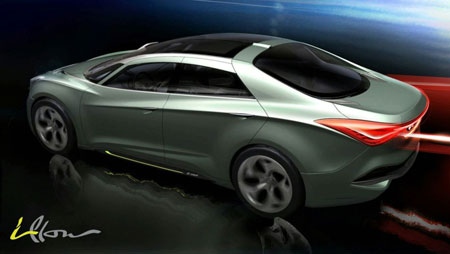
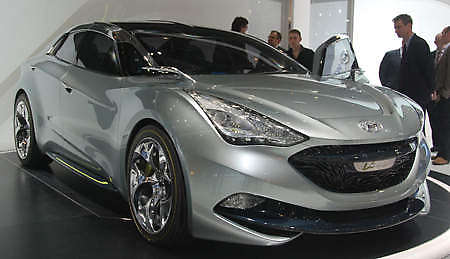 The Hyundai i-flow is one of the significant concept cars at Geneva, not just because it looks dramatic, but because under that heavily sculpted skin is a range of latest tech that could appear in Hyundai’s next generation of cars. Powering the i-flow is the company’s first diesel-electric hybrid powertrain consisting of a U2 1.7-litre oil burner with two-stage turbocharging and Hyundai’s lithium ion-polymer battery. Coupled to a six-speed, dual-clutch transmission, the drivetrain is capable of 33.3 km/l and a low CO2 output of 85g/km.
The Hyundai i-flow is one of the significant concept cars at Geneva, not just because it looks dramatic, but because under that heavily sculpted skin is a range of latest tech that could appear in Hyundai’s next generation of cars. Powering the i-flow is the company’s first diesel-electric hybrid powertrain consisting of a U2 1.7-litre oil burner with two-stage turbocharging and Hyundai’s lithium ion-polymer battery. Coupled to a six-speed, dual-clutch transmission, the drivetrain is capable of 33.3 km/l and a low CO2 output of 85g/km.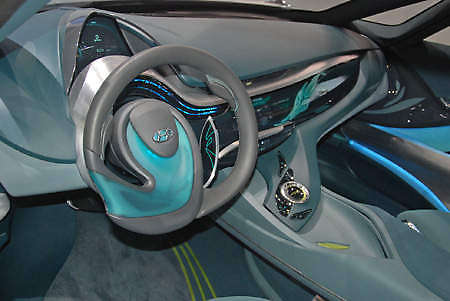
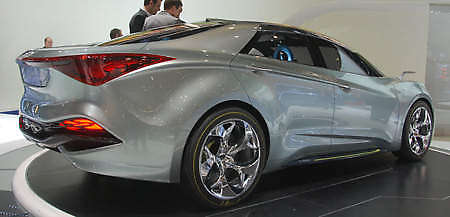 Designed at Hyundai’s European studio in Russelsheim, the i-flow sports the firm’s “fluidic sculpture” design language. With an overall length of 4,780 mm and a 2,800 mm wheelbase, the i-flow is a Honda Accord sized D-segment contender that is set to hit the market in 2011. It remains to be seen how much of the i-flow’s styling is retained for production, but things look promising with the recent Korean realisation that advanced design is as important as making competent cars.
Designed at Hyundai’s European studio in Russelsheim, the i-flow sports the firm’s “fluidic sculpture” design language. With an overall length of 4,780 mm and a 2,800 mm wheelbase, the i-flow is a Honda Accord sized D-segment contender that is set to hit the market in 2011. It remains to be seen how much of the i-flow’s styling is retained for production, but things look promising with the recent Korean realisation that advanced design is as important as making competent cars.





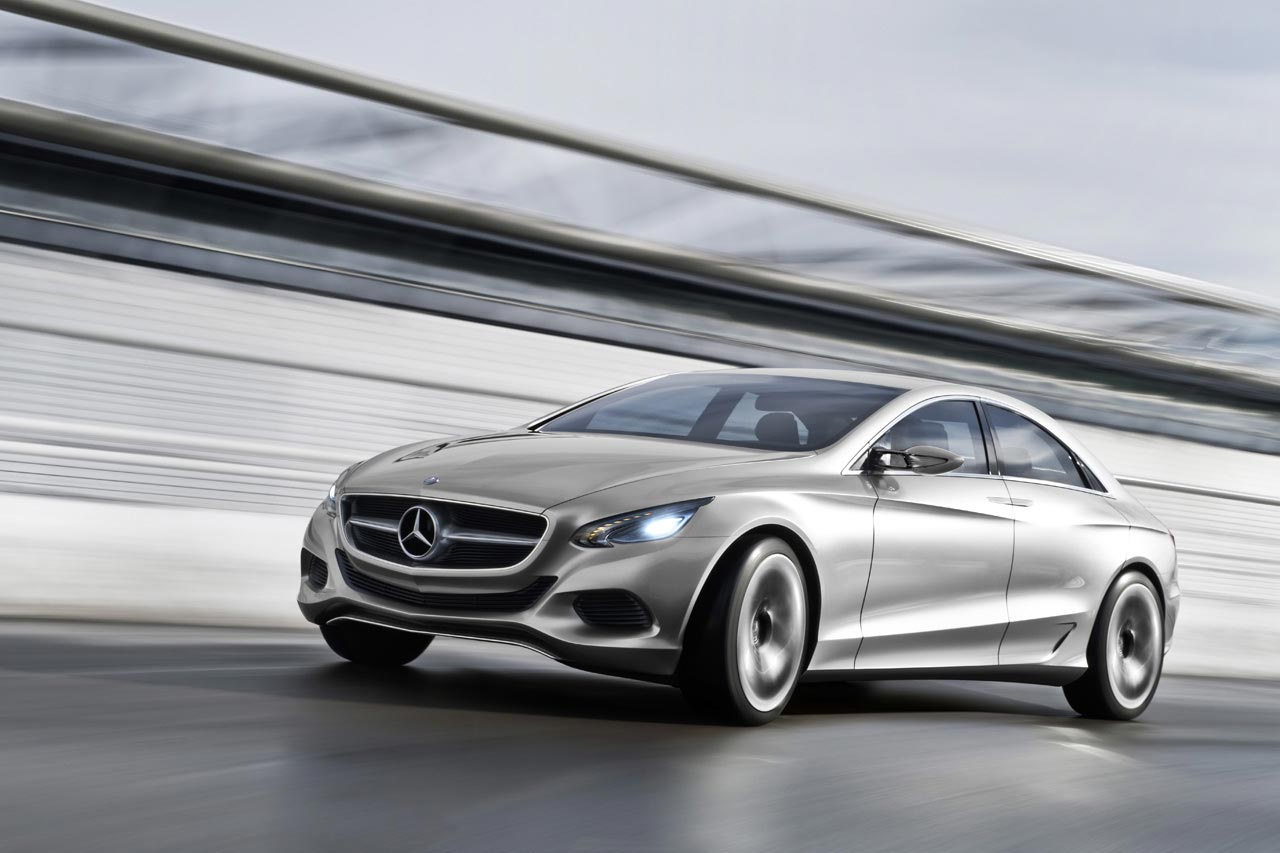 Mercedes-Benz F800 Style Concept Car
Mercedes-Benz F800 Style Concept Car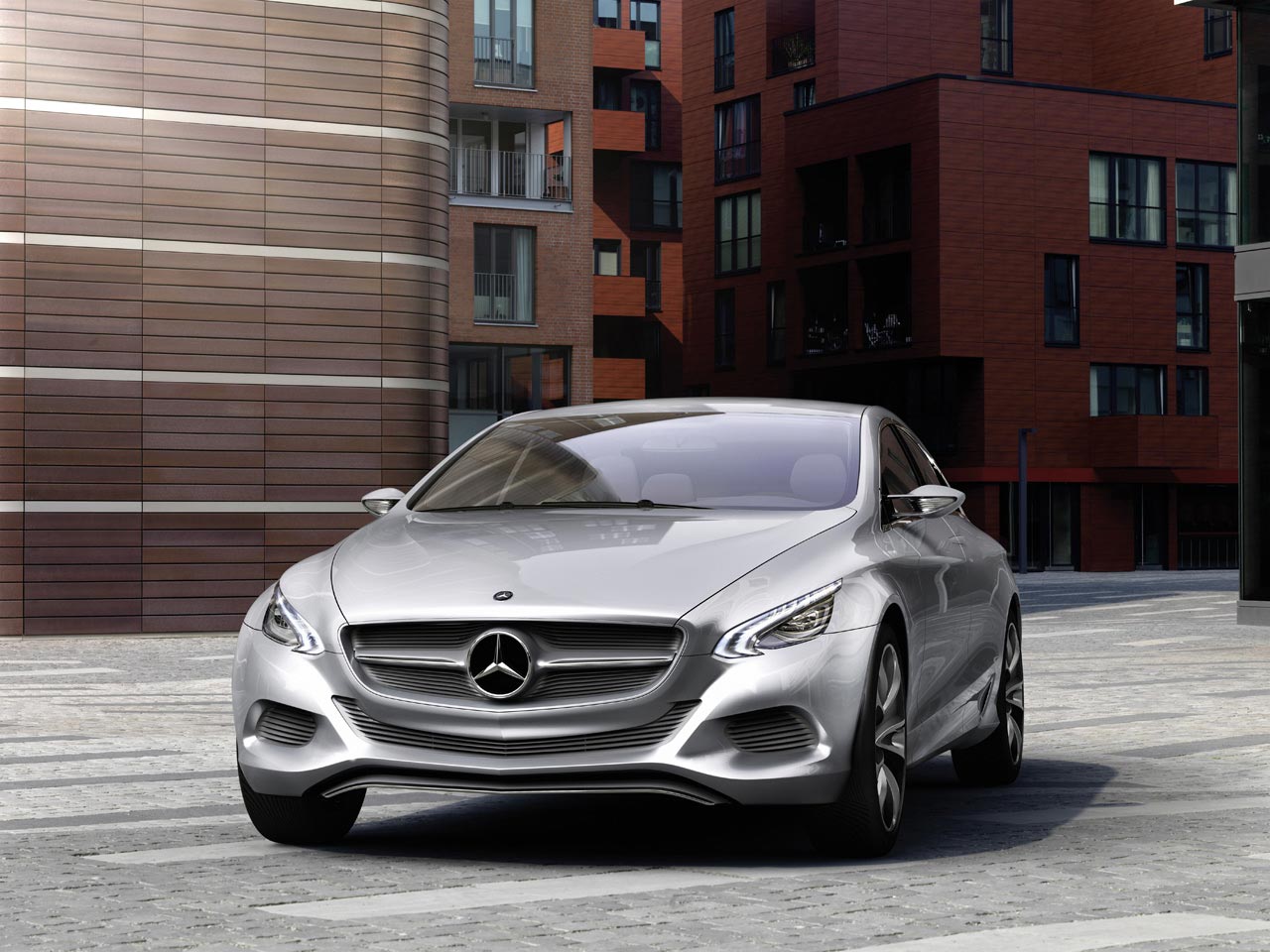 Mercedes-Benz F800 Style Concept Car
Mercedes-Benz F800 Style Concept CarThe plug-in version of the F800 Style has a next-generation, direct-injection 299bhp 3.5-litre V6 petrol engine, mated to an 80kW hybrid module that’s integrated into the seven-speed gearbox. There’s also a lithium-ion battery with over 10kWh of storage capacity, and the F800 can reach 75mph in electric mode – it manages 155mph with petrol power – and return 68g/km.
The all-electric version features a 100kW motor that develops 214lb ft and is powered by a hydrogen full cell and lithium-ion batteries. The technology is a development of the system found in the B-class F-Cell, though adapted for the F800’s rear-drive layout.
 Mercedes-Benz F800 Style Concept Car
Mercedes-Benz F800 Style Concept CarThe F800 concept also introduces two new technologies that will doubtless appear in upcoming models. Distronic Plus Traffic Jam Assistant is an enhanced version of Mercedes’ active cruise control system, which can now steer the car through curves as long as it’s traveling under 25 mph. Neat. Also new is the Pre-Safe 360-degree system, which expands the existing Pre-Safe collision detection/mitigation system to the rear of the car. Now, if Pre-Safe senses that a rear-end impact is imminent, it’ll apply the brakes in a bid to keep the car from getting into an additional chain-reaction accident involving other cars or pedestrians.
Inside there’s leather and wood trim, magnesium and aluminum seats, and a three-piece sunroof that floods the cabin with light, but much more important are the new gadgets. Top of the list is the latest version of Mercedes’ COMAND multimedia system, with a touchpad similar to that found on the new A8, but with a camera that records the driver’s hand and projects the image onto the screen so he or she can see what they’re about to press.


 The elegant side view of the coupé is perfected by the sportily filigree Kicherer RS-1 20 inch wheels, behind which you get hints of the braking power of the 6 and 6 piston high performance brake system. With its composite discs and modified flexible steel tubes this ensures a suitable negative acceleration.
The elegant side view of the coupé is perfected by the sportily filigree Kicherer RS-1 20 inch wheels, behind which you get hints of the braking power of the 6 and 6 piston high performance brake system. With its composite discs and modified flexible steel tubes this ensures a suitable negative acceleration. Already for more than 20 years, the Bavarian company MANSORY has been developing and producing fascinating car modifications for demanding customers all over the world. The latest creation of the refinement manufactory is called MANSORY CYRUS and can optionally enhance Aston Martin DB9 or DBS automobiles. Perfect processing and elaborate technology are the hallmarks of this exclusively tuned car which is limited to only 15 pieces. A coilover suspension provides the best road holding and emphasises the striking rims in XXL. The refinement is perfected by an exclusive interior programme.
Already for more than 20 years, the Bavarian company MANSORY has been developing and producing fascinating car modifications for demanding customers all over the world. The latest creation of the refinement manufactory is called MANSORY CYRUS and can optionally enhance Aston Martin DB9 or DBS automobiles. Perfect processing and elaborate technology are the hallmarks of this exclusively tuned car which is limited to only 15 pieces. A coilover suspension provides the best road holding and emphasises the striking rims in XXL. The refinement is perfected by an exclusive interior programme.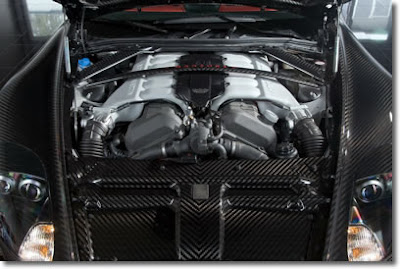 Haute Couture on wheels
Haute Couture on wheels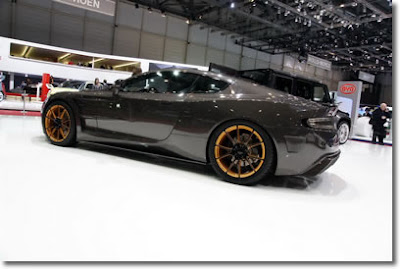 Design wheels in XXL
Design wheels in XXL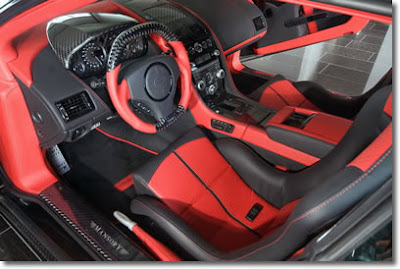 Luxurious atmosphere in the MANSORY super sports car
Luxurious atmosphere in the MANSORY super sports car